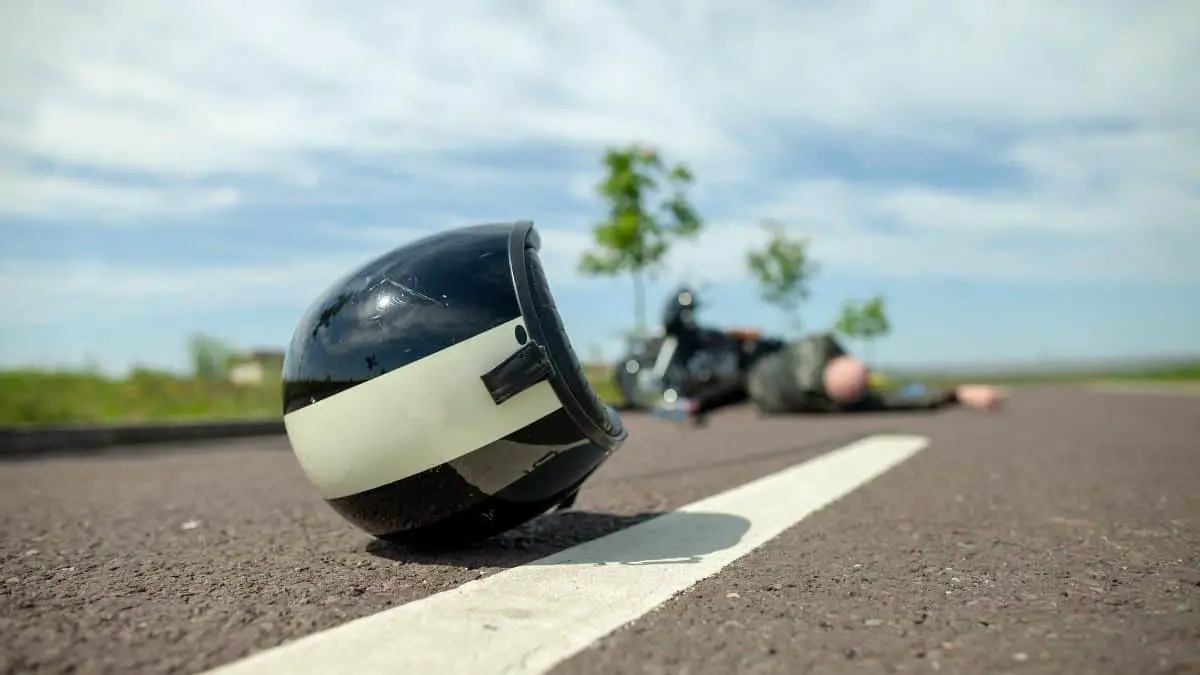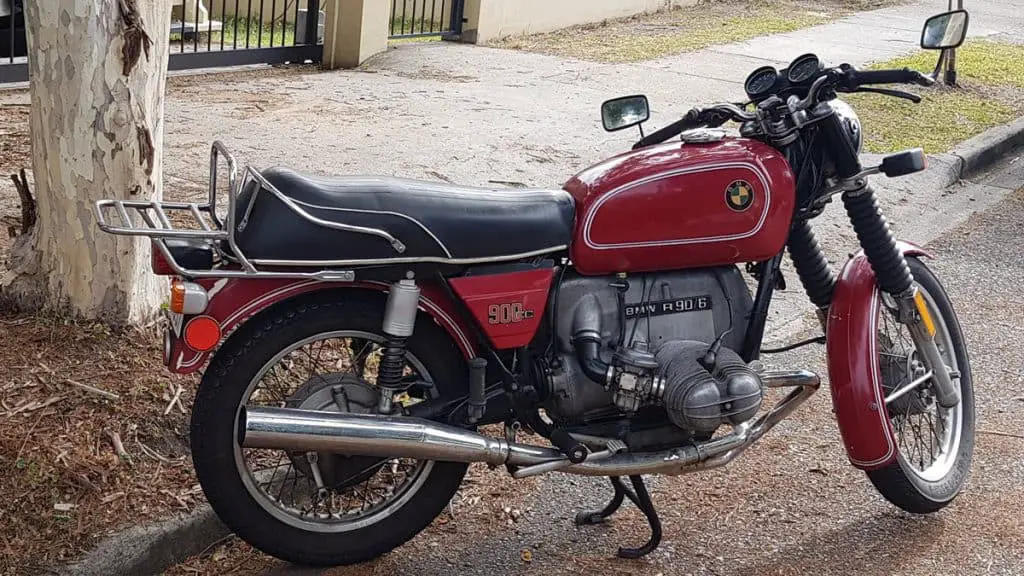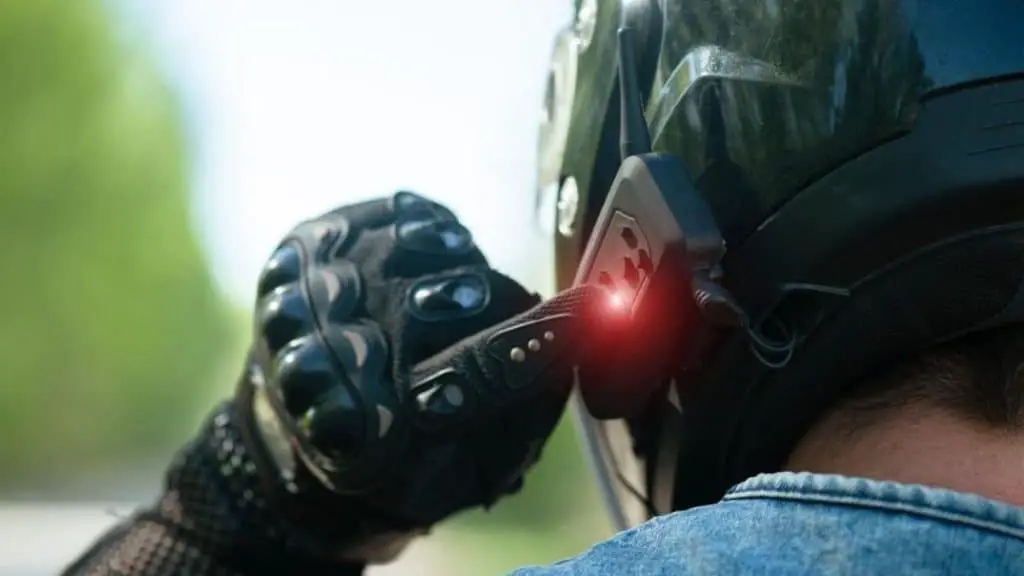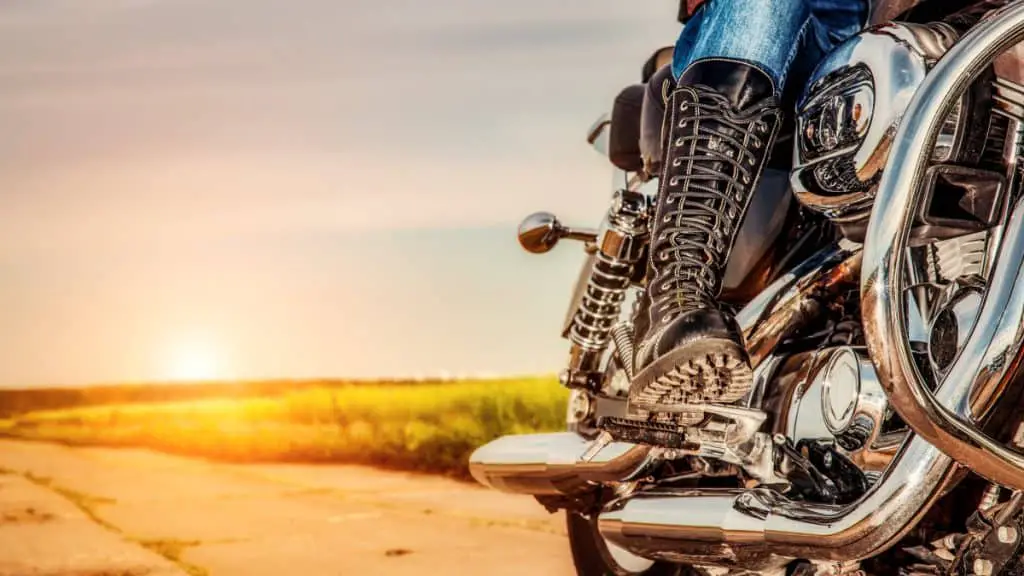What Percentage of Motorcycle Riders Get Into Accidents?
Let’s not beat around the bush. Riding a motorcycle can be dangerous, but what factors make this a reality, and what can we do to reduce the risk? Before you part-ex your R1 for a Hyundai, be aware that statistics only tell part of the story. When we consider the percentage of motorcycle riders that are involved in an accident, it’s not as black and white as it first appears. So, what percentage of motorcycle riders get into accidents, and how can you avoid being a part of it?
Related post: Best Motorcycle Insurance
Motorcycle Accidents by Numbers
4,985 – The annual number of fatal motorcyclist accidents (National Highway Traffic Safety, Administration)
Almost 5,000 bikers die on our roads each year; that is a sobering thought. In comparison to the previous year though, this represents a positive drop in fatalities of 187.
13,158,100 – The number of motorcycles legally registered in the USA (Motorcycle Industry Council 2018)
This number of registered motorcycles is an impressive one. The figure becomes even more interesting when you consider that the current number of fatalities represents a mere 0.0378% of all USA registered bikes.
89,000 – The number of motorcycle accidents per year (National Highway Traffic Safety Administration, NHTSA, 2017)
Once again, a high figure, and primarily recorded by the need for hospitalization after an accident. However, the NHTSA doesn’t provide a breakdown for the actual injuries sustained. So, although there is a percentage of serious injury within this figure, it also includes a significant number of superficial damage, such as cuts and bruises.
76% – The percentage of two-vehicle collisions where a motorcycle has been impacted on the front by another vehicle. (National Highway Traffic Safety Administration, NHTSA, 2017)
This statistic includes a small percentage of head-on collisions with other motorcycles. It also takes into account a staggering 40% of left-turn accidents. A type of accident that occurs when a car or truck encroaches on a motorcycle’s right of way.
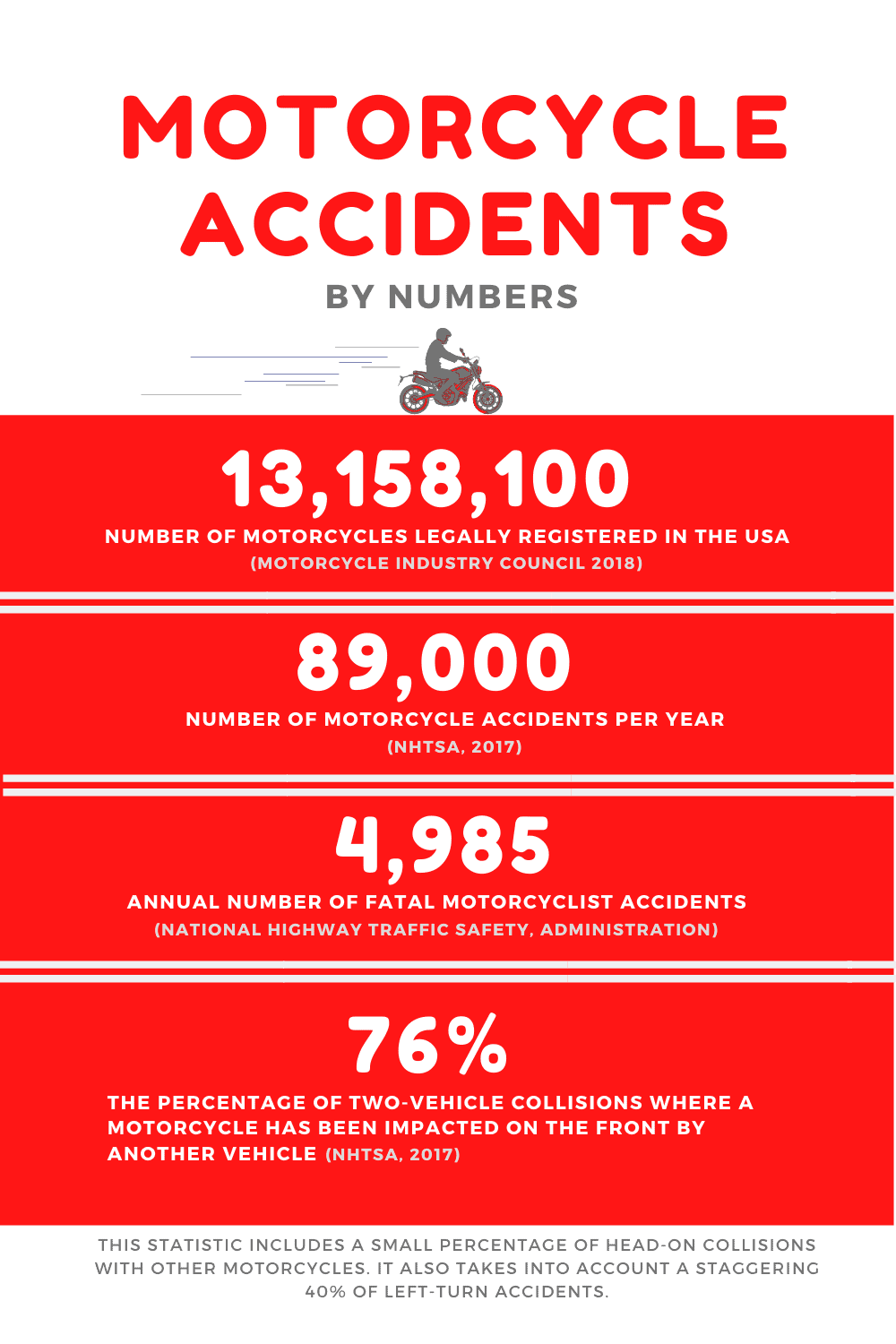
The Most Common Types of Motorcycle Accidents
Motorcycle accidents can be major or minor. There are some types of accidents; however, they occur with alarming frequency. In examining the usual suspects, we’ll take a close look at the causes behind them and how they can be avoided.
It may not be a surprise to learn that many of the top 10 accidents are car or truck-related. Unfortunately, rider error is also responsible for a significant number of motorcycle accidents.
Top 10 Types of Frequent Motorcycle Accidents and the Best Way to Steer Clear of Them
1. Hazards
Depending on where you live and ride, you may have to contend with everything from potholes and debris in the road to slow-moving critters and crazy drivers. On the other hand, you could live in Florida and have to contend with all of the above.
They all have one thing in common – they can prevent the tire(s) of your motorcycle from maintaining contact with the road. More considerable hazards can be easier to see and hopefully avoid, but hazards such as spilled diesel from a topped-off tank can be trickier to spot.
Steer Clear
As competent motorcyclists, we should all be looking at the road ahead. When entering a bend, look towards the exit rather than concentrating on what’s in front of your wheel. By doing this, you will have that all-important extra split second to alter the course. Correct road positioning is vital to a successful outcome when altering your line.
If contact with liquid hazards on the road is unavoidable, try not to grab a big handful of front brake because there’s no saving the front end when it goes. The rear wheel sliding out is a different matter, opposite lock, and a squirt of throttle may get you through.
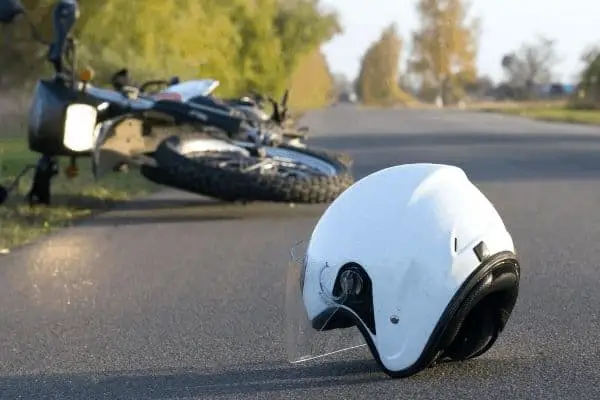
2. Bringing up the Rear
Motorcycles suffering rear-end collisions are relatively low, which is just as well because it’s one of those horrible accidents that aren’t easy to avoid. The majority occur when the motorcycle is stationary at a red light or intersection, and the vehicle behind fails to stop.
Steer Clear
If you are approaching a line of stationary traffic, leave a gap of at least one bike length between you and the vehicle in front. Doing this will create a buffer zone. You should keep watching your rearview mirrors too. A motorcycle is approximately one-fifth the width of a full-size saloon car or pick-up, so your rear profile can be pretty slim.
If you suspect a distracted driver is showing no signs of slowing and is about to roll into the back of you, use that buffer zone to maneuver out of the way.
3. Left Turn Lunacy
Left-turn accidents are so-called because they most frequently occur when a vehicle is facing your direction of travel at an intersection or traffic signal, pulls left, across your path.
Accounting for just under 50% of all motorcycle-related, two-vehicle collisions, this type of accident occurs with alarming regularity. Drivers often pull the ‘I didn’t see you’ card. According to the University of Utah’s findings, using a cell phone when driving creates “inattention blindness”. So they may be telling the truth, but likely for the most irresponsible of reasons.
Steer Clear
If you have the right of way and the way is clear ahead, never assume that the vehicle waiting to turn left in front of you will wait for you to pass.
Rolling off the throttle and covering the brakes is called defensive riding, and the split-second of extra reactive time it gives you could save your life.
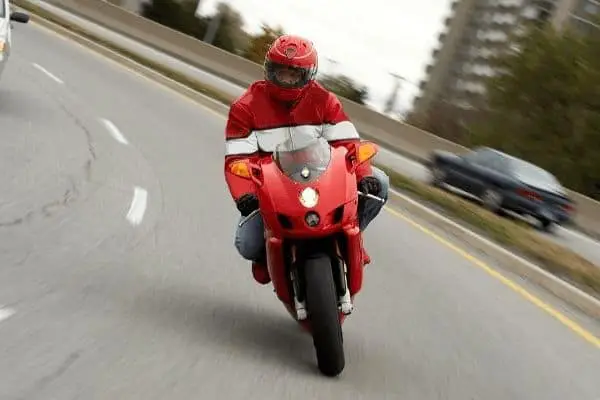
4. Overcooking a Bend
Misjudging a bend can happen to novices and experienced riders alike. You know the scenario, it’s a beautiful day, your bike is running sweetly, and the road before you unfolds in a series of peg-scraping bends.
Overcooking a bend by entering or exiting too fast can leave you with nowhere to go. The bend can quickly change direction or tighten into a hairpin.
Losing control of your motorcycle in this type of scenario is classed as a single motorcycle accident and makes up approximately 25% of all motorcycle fatalities.
Steer Clear
Bend swinging is a natural high on two wheels. The golden rule, though, whether you are familiar with the road or not, is never to enter a bend at speed. Slowing down allows you time to react to anything unforeseen.
The best way to ride into a bend is to scrub off speed while still upright and then back off the brakes as you enter the curve. With a neutral throttle, lean into the bend and accelerate smoothly out.
5. Dangerous Doors
You’re riding past a row of parked cars when someone without warning opens their vehicle door in front of you. Thankfully, this doesn’t happen very often, but this type of accident can result in nasty hand and knee injuries.
Steer Clear
Fortunately, this type of motorcycle accident is easier to avoid than most. When riding past parked cars, if the road allows, ride a door’s width away from the cars. Drop your speed low enough to be able to swerve or stop quickly and ride with two fingers on the front brake and a finger over the horn.
6. Slippery Stuff
Thanks to an increasing number of smart rubber compounds and tread patterns, modern tire technology is a beautiful thing. When weather conditions become extreme, however, there will come the point when a tire becomes overwhelmed, the grip is lost, and a slide down the road is inevitable.
While most of us have enough miles under our wheels to realize when that point comes before we cross it, there are times when it’s unavoidable. Ride too fast through heavy surface water, and it creates a barrier between the tire and road, reducing control dramatically.
In the same way, snow can pack into tire tread and reduce all grip.
Steer Clear
If such adverse conditions can’t be avoided, slow right down, make sure throttle, and braking is minimal and as smooth as possible. Plan on making your maneuver in the same way you would if you were piloting a supertanker, leaving enough space to slow down without grabbing at the brakes.
Ride in a higher gear than usual and pull away in second gear.
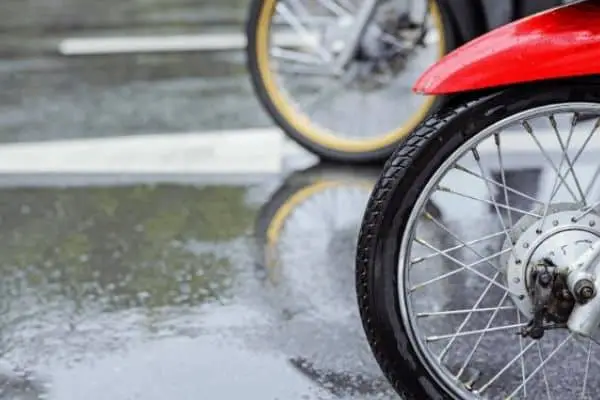
7. We’ve got us a Convoy!
Whether it’s part of a demonstration, charity event, or a weekend ride-out, being part of a long snake of bikes is an exhilarating experience. It is not without its hazards, though, and accidents that occur in convoys can have a domino effect.
Although there are no statistics relating to the number of convoy accidents, it’s quite easy to stay on the straight and narrow when riding in line.
Steer Clear
Whether it’s a line of 10+ bikes or 1,000, the same fundamental principle applies; leave a gap. Besides creating a safe space of at least two bike-lengths apart, riders should also stagger their formation.
By riding in a staggered formation, you are leaving vital maneuvering room next to you, so that in the event of an unexpected halt, you are not rear-ending the bike in front. You should also look as far down the convoy as possible to look for brake lights.
8. Drink and Drugs
While it’s easy to point the finger at other road users when it comes to motorcycle accidents, what’s not easy to swallow, is that self-inflicted wound. According to the NHTSA, a staggering 33% of all motorcycle fatalities in 2017 show riders driving under the influence (DUI).
Riding under the influence of alcohol or drugs has an adverse effect on your reactions. You may escape not wrapping yourself around a tree, but you could get pulled over by the police, test positive, and receive a $1000 fine or even time in jail.
Steer Clear
That’s an easy one, don’t do it.
9. Too Fast, Too Furious
Accidents relating to going too fast are by and large down to inexperienced riders. If you look at the NHTSA’s data on accidents related to engine size, though, they reveal an interesting trend.
Riders involved in fatalities on motorcycles under 500cc come in at 7 percent. Jump to the next category, 501cc-1000cc, which includes 600 and 1000 sports bikes, and the stats take a significant jump to 36 percent.
Steer Clear
Don’t walk before you can run. Before jumping on a 160-mph Yamaha R6, complete your motorcycle apprenticeship on a small capacity bike. Buying a bike doesn’t make you a biker. Clocking up the miles and learning how to handle your machine over demanding terrain and challenging weather does.
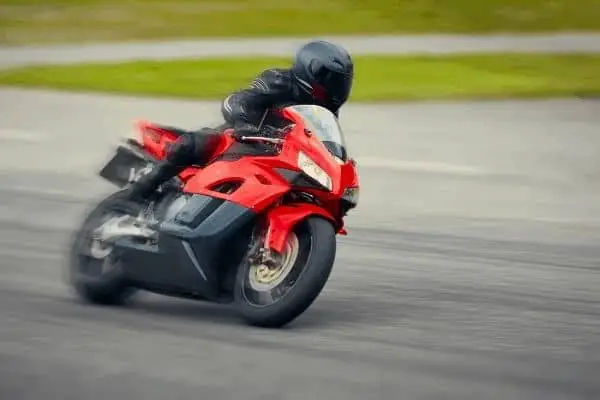
10. A Hole in One
Hit a pothole in a car, and you may spill your cappuccino. Hit a patch of poorly kept road on a motorcycle, and the chances of an accident and consequent injury are increased.
Steer Clear
Leave a sensible gap between you and the vehicle in front. This space will allow you to clearly see when a car or truck in front of you hits something deep enough to make its bodywork bounce. It will also give you time to take avoiding action if it’s safe to do so.
If riding in the rain, be wary of pools of water, there’s no telling what lies beneath or how deep they are.
Outside the Box
When you ride a motorcycle, you are, in effect, living outside the box. You are open to the elements and make no mistake; it’s more dangerous than driving a car. But, and it’s a huge but, between the bursts of exhilaration and smugness of leaving traffic jams behind, motorcycling offers a sense of freedom like no other form of transport.
Motorcycling has an insane potential to be dangerous. So take a look at our article on worst motorcycle riding advice to see how you can lower your chances of getting into motorcycle accidents!

